Sacchan Yatai in Tokyo
You’ve had your ramen in popular ramen chains and at restaurants that locals swear by. Now it’s time to have it served in a mobile cart situated along the road. Open through the wee hours of the morning, Sacchan Yatai (幸っちゃん屋台) is the perfect supper spot to get your ramen fix after a night of drinking in Tokyo.
Nostalgic retro ramen cart
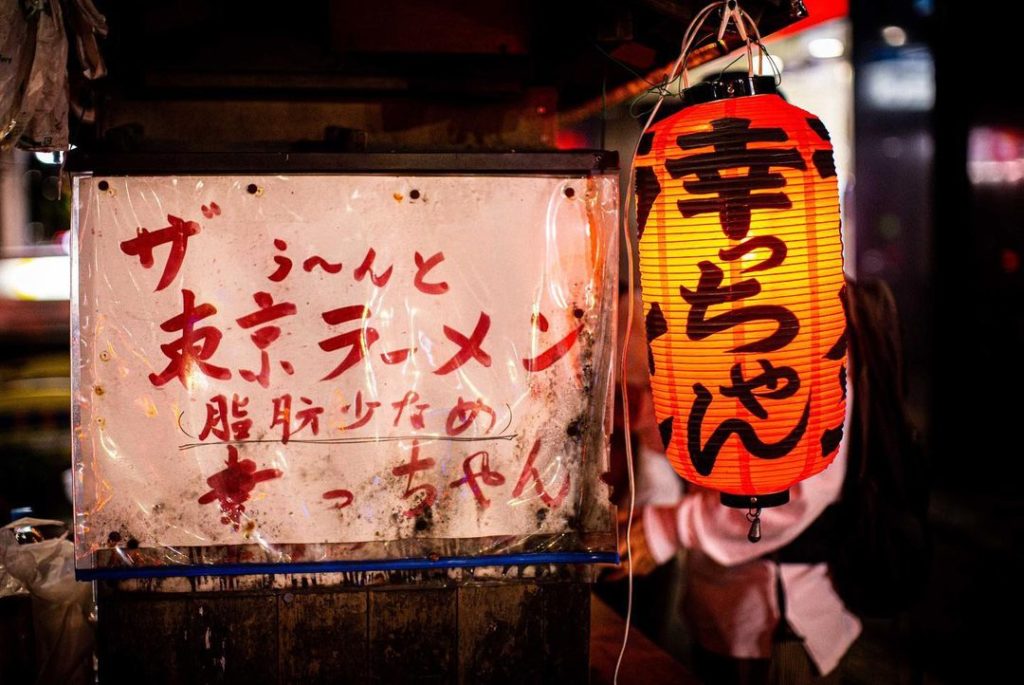
Image credit: @nakamuran0901
Translated as mobile food carts, yatai (屋台) was a major part of the Shōwa era, a tumultous period in Japanese history which lasted from 1926 to 1989 and encompassed the World War II. Stricter sanitation laws that came into place in the early 1960s caused a sharp decline in the number of food carts operating on the streets.
Hence, for many salarymen in their 50s, having a cheap and fuss-free bowl of street food ramen on their way home from work after drinking is fast-becoming a nostalgic thing of the past.
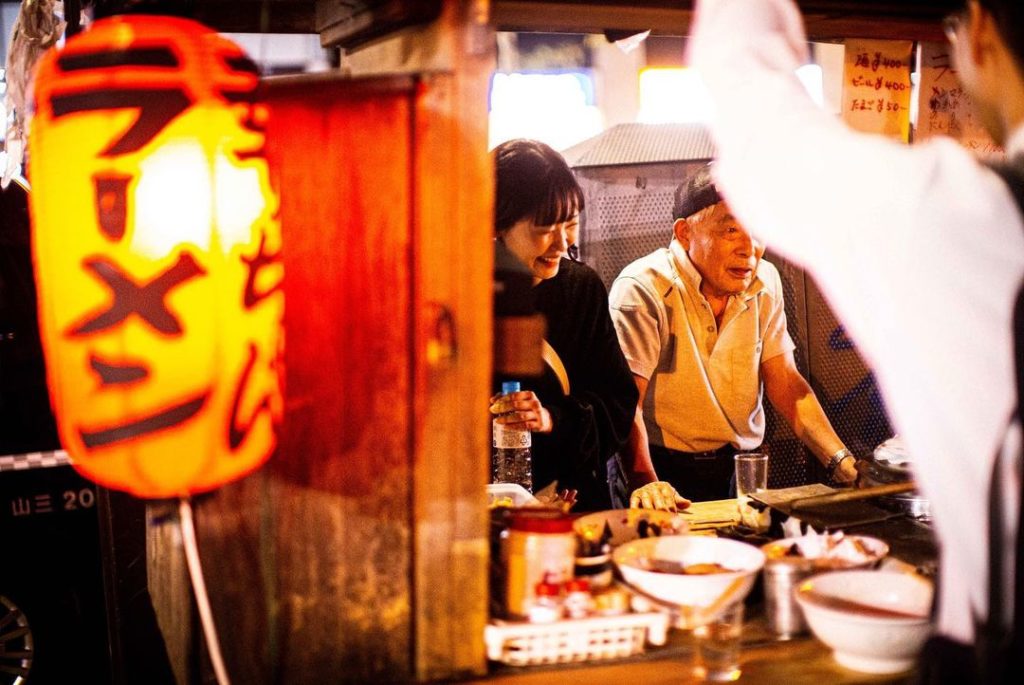
Image credit: @nakamuran0901
As one of the last few remaining ramen carts in Tokyo, Sacchan has been serving up simple yet delectable bowls of ramen for more than 40 years.
Run by a 78-year-old grandpa, the humble ramen cart is stationed at a roadside in Toranomon, a bustling business district in Tokyo. Hence, the mobile food stall is frequented by office workers who are on their way home from work, as well as by regulars who have taken a liking to Sacchan’s bowls of ramen.
Authentic ramen from the Shōwa Period
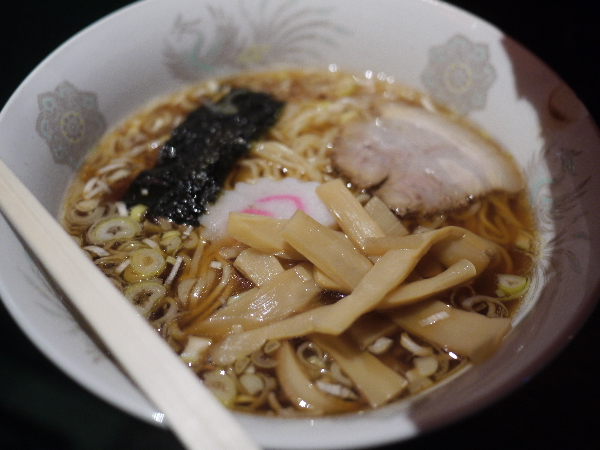
Image credit: Nomisuke no Nikki
Sacchan offers a light ramen that’s easy to eat after a heavy night of drinking. The ramen noodles are served in a chicken-based light soya sauce broth, then topped with classic ramen toppings such as chāshū (チャーシュー; braised pork slices) and menma (麺麻; fermented bamboo shoots).
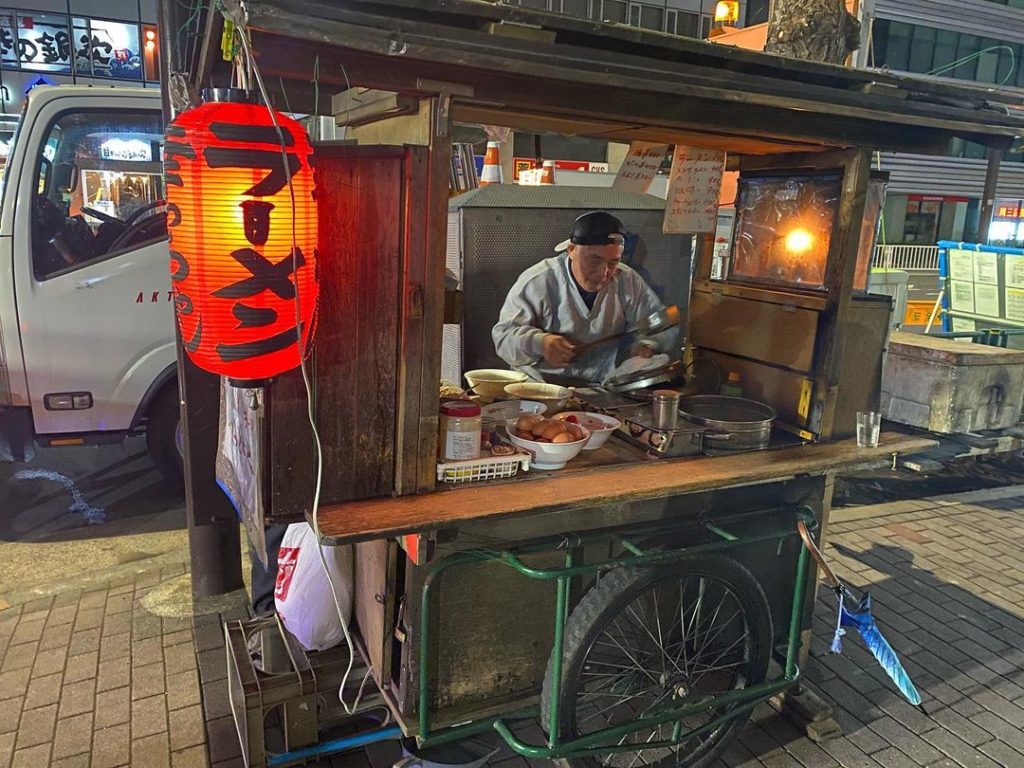
Image credit: @kazuya_okkii
From boiling the ramen noodles to assembling, everything is done and prepared from the small wooden cart.
We recommend going for the basic ramen (¥800, ~USD7.34), which comes with a variety of toppings such as chāshū, green onions, and nori (海苔; dried laver). Other menu offerings include menma ramen, nori ramen, and garlic ramen, which cost ¥900 (~USD7.34) each.
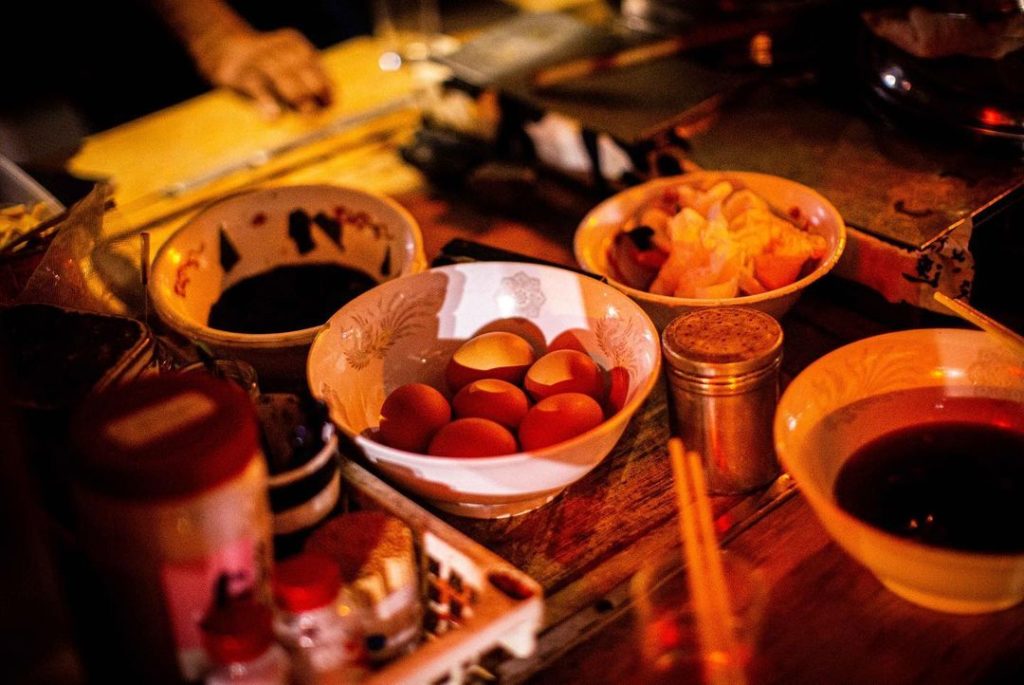
Image credit: @nakamuran0901
Meat lovers can also opt for chāshū ramen (¥1,100, ~USD10.10), which comes with an extra serving of tender braised pork. Add-ons for an egg, raw or hard-boiled, are available for ¥50 (~USD0.46) each.
For those who’d like another round of drinks to go with the savoury noodles, Sacchan also serves saké and beer for ¥400 (~USD3.67) each.
Locating Sacchan Yatai
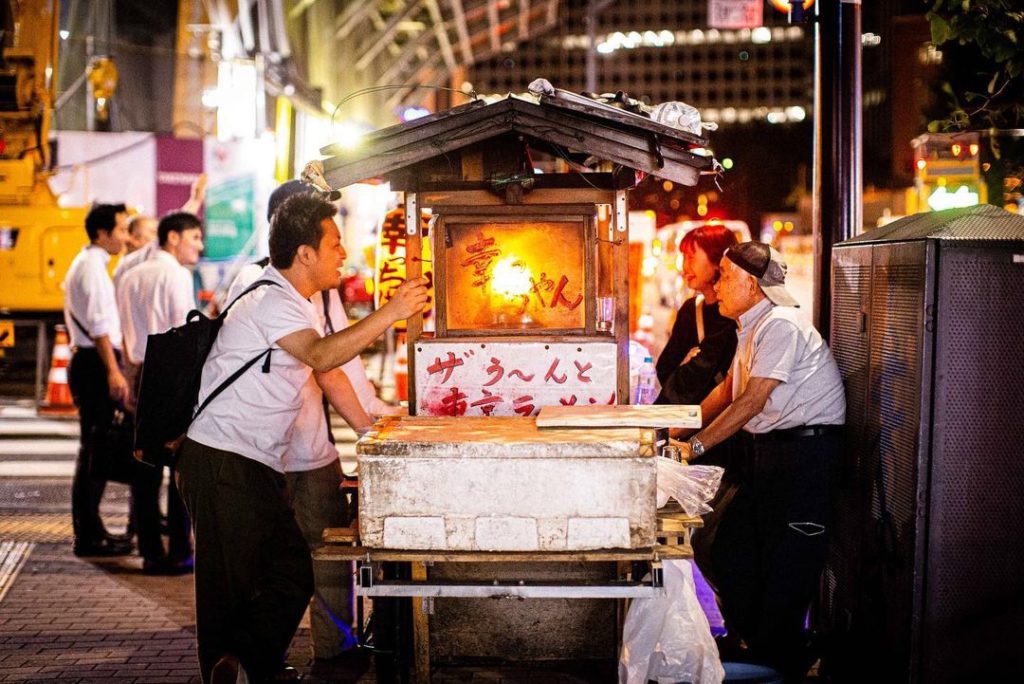
Image credit: @nakamuran0901
As the number of yatai stalls continues to dwindle across Japan, Sacchan Yatai is a rare reminder of Japan’s nostalgic past. If you’re in Tokyo and are looking for a hearty bowl of noodles, consider dropping by Sacchan to get a taste of history and authentic ramen.
Do note that the stall might be closed on rainy days, so remember to check the weather forecast before heading down.
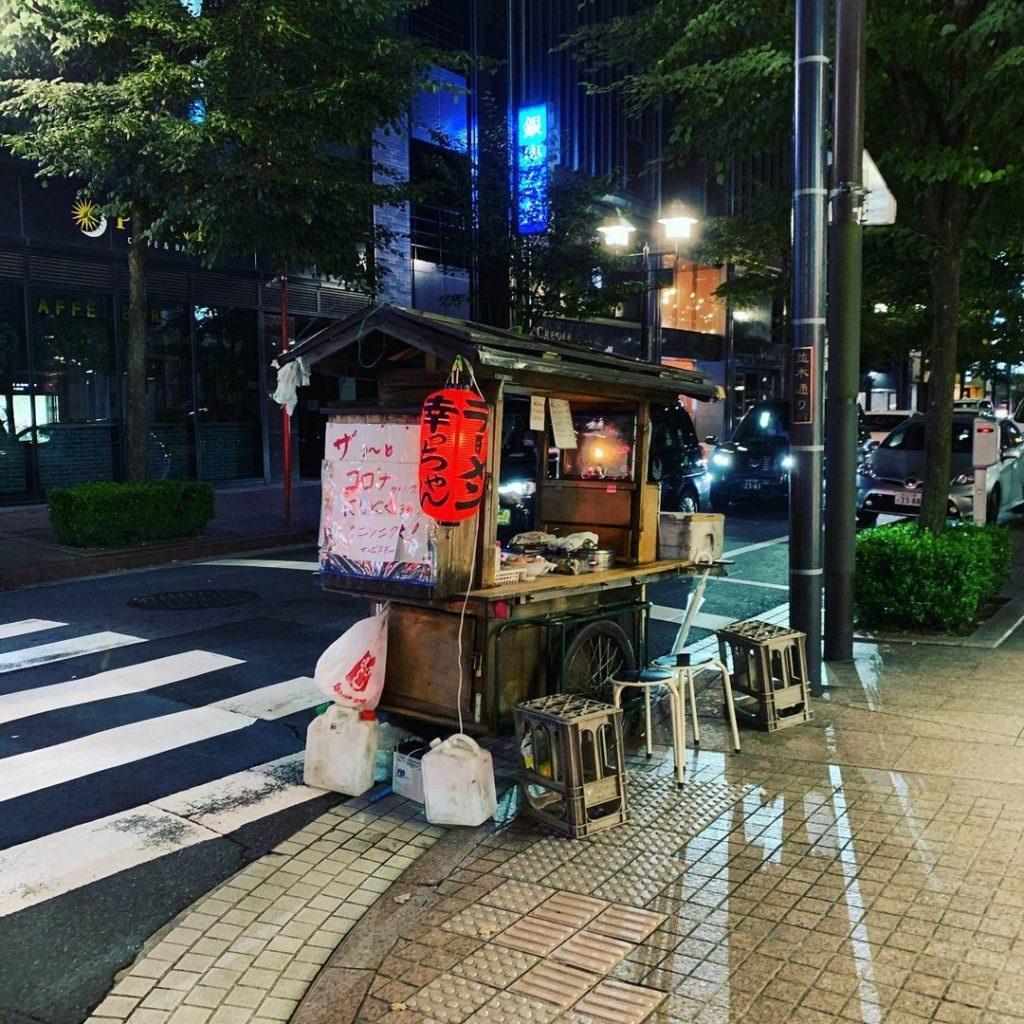 Image credit: @shota_shiki
Image credit: @shota_shiki
Getting there: From Toranomon Station on the Tokyo Metro Ginza Line, exit from exit A1 and you’ll spot Sacchan’s bright red chōchin (提灯; paper lantern). The owner typically runs the stall at Toranomon from around 8.30PM to 1.30AM, before moving to a different spot in Ginza and operating the stall till early morning.
Toranomon
Address: 1 Chōme Toranomon, Minato City, 105-0001, Tokyo
Opening hours: Mon–Fri 8.30PM-1.30AM (Closed on Saturdays and Sundays)
Ginza
Address: Japan, 8−5−1, Ginza, Chuo City, 104-0061 Tokyo
Opening hours: Mon–Fri 2AM-5.30AM (Closed on Saturdays and Sundays)
For more cool spots to visit in Japan, check out:
- 9 oldest restaurants in Japan
- Tozan Shrine, a 363-year-old shrine with a porcelain torii gate
- Diorama Restaurant, a diner where cats roam around the models, looking like catzillas
- Demon Slayer’s Infinity Castle IRL
- Otaru Canal, Pokémon’s Canalave City IRL
Cover image adapted from: Nomisuke no Nikki, @nakamuran0901 and @nakamuran0901

Drop us your email so you won't miss the latest news.






